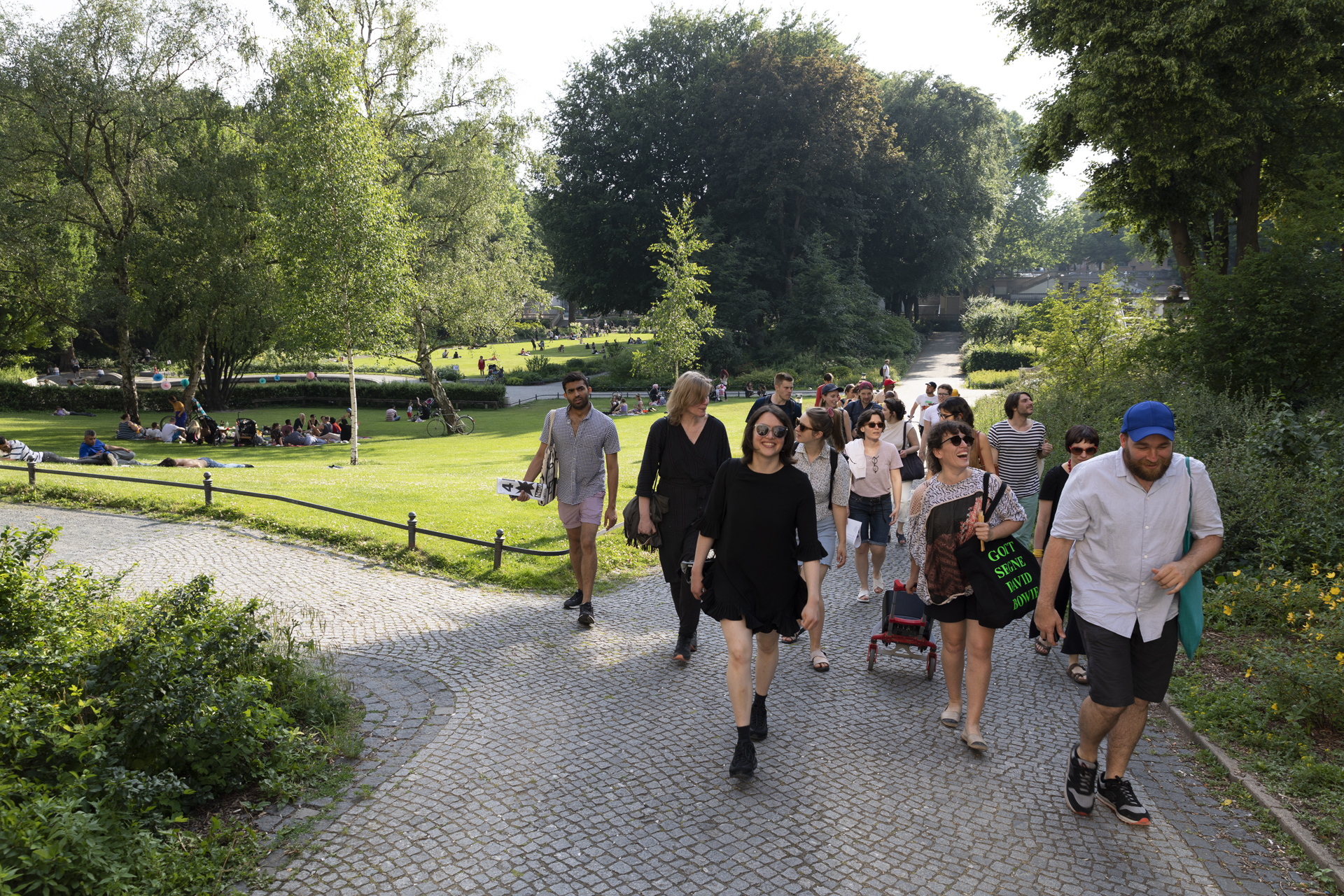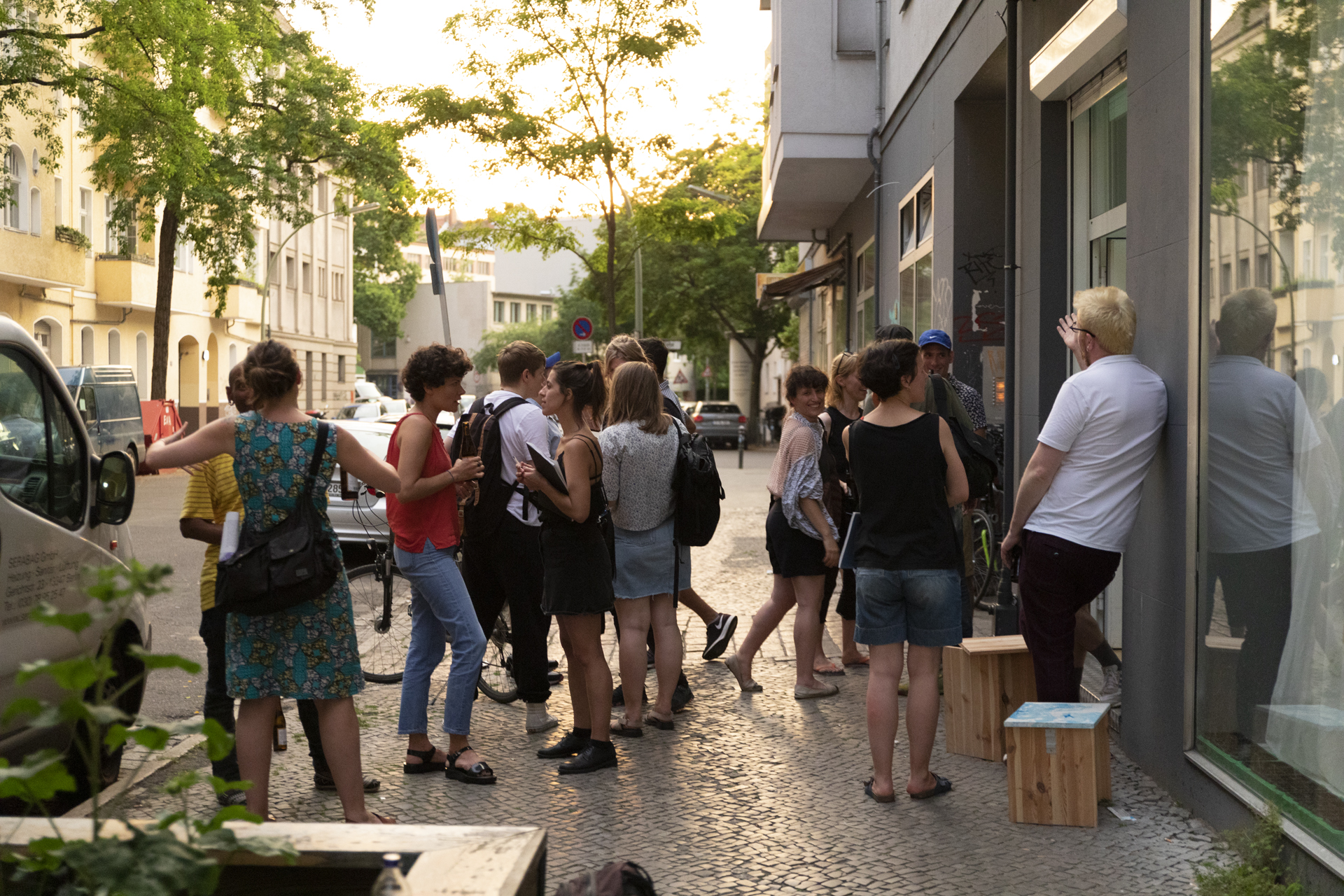WORLD OF ART: ART AND CLIMATE CHANGE
2022, Edited by Maja and Reuben Fowkes. Thames & Hudson.
2022, Edited by Maja and Reuben Fowkes. Thames & Hudson.
Across five chapters, curators Maja and Reuben Fowkes examine artworks that respond to the Anthropocene and its detrimental impact on our world, from scenes of nature decimated by ongoing extinction events and landscapes turned to waste by extraction, to art from marginalized communities most affected by the injustice of climate change. What guides the artists gathered together here is an ardent concern for the living, breathing subject of the Earth and all fellow terrestrials caught up in this fast-moving climate drama.
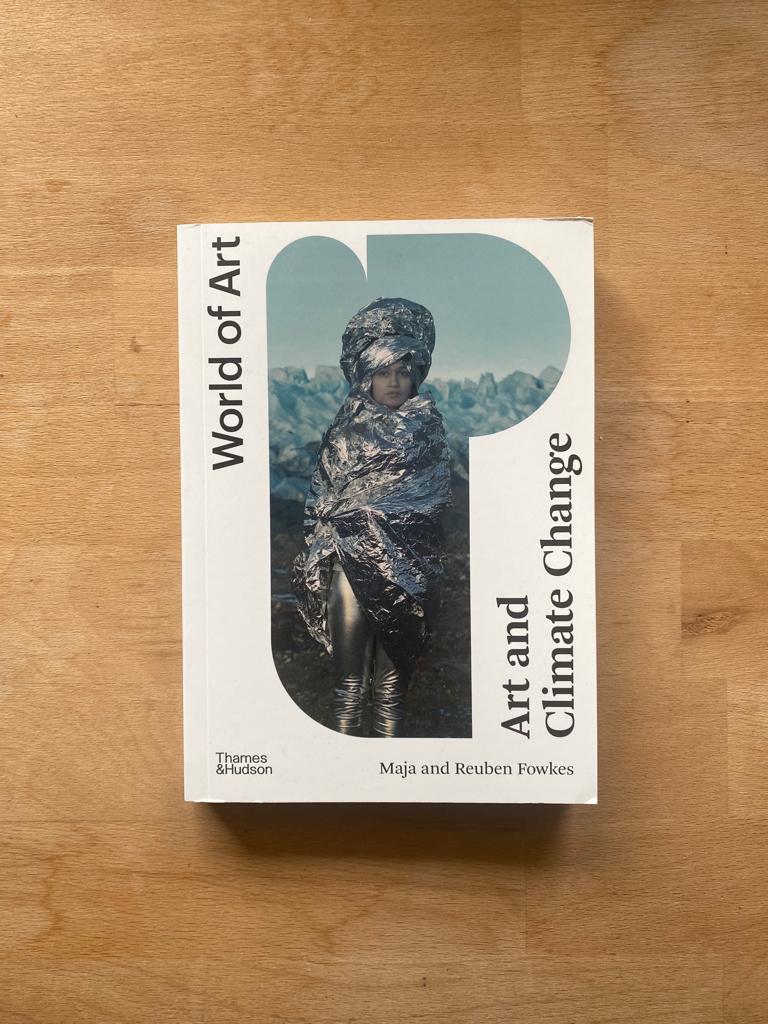

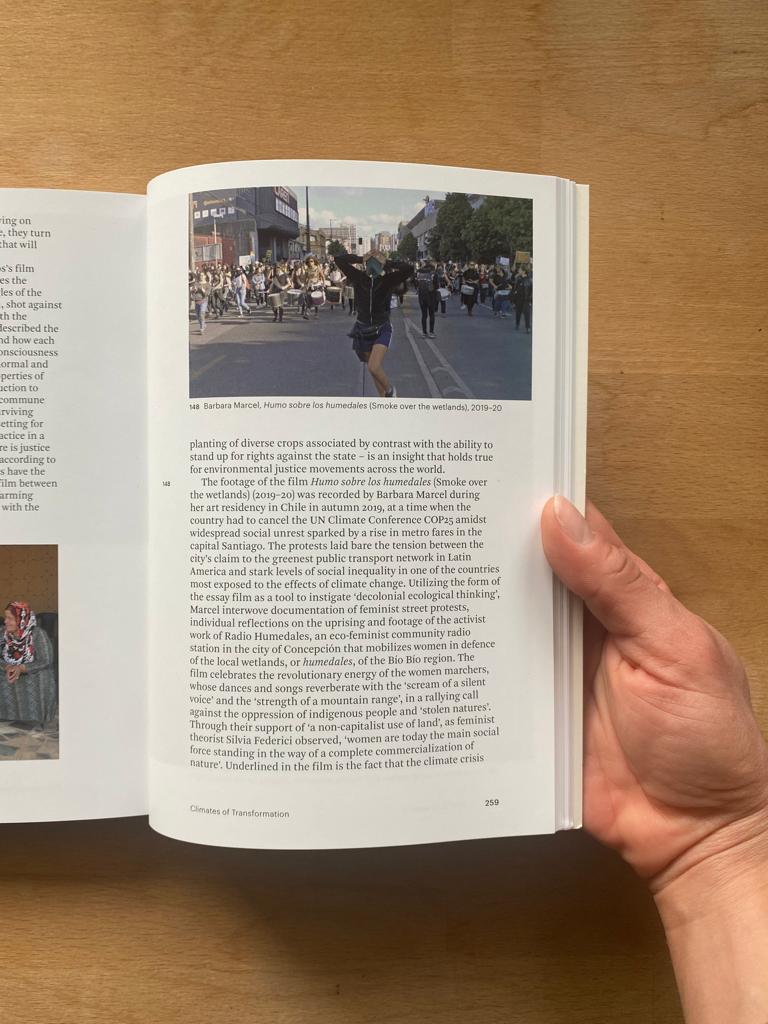


CHILE INTERNATIONAL II
2022. With contributions by: Colectivo Caput, Gonzalo Castro Colimil, Daniela Catrileo, Chawak, Elicura Chihuailaf, Mariairis Flores / Diego Parra, Valeria Fahrenkrog, Constanza Hermosilla, Barbara Marcel, Eva-Christina Meier, Galería Metropolitana, Dani Negri, Claudia Pacheco Araoz, Leonardo Portus, Radio Humedales, Danny Reveco, Alejandra Rojas del Canto, Maristella Svampa. Edited by: Valeria Fahrenkrog, Eva-Christina Meier, Galería Metropolitana. Graphic design: Ernst und Mund, Leipzig. In cooperation with nGbK Verlag.
2022. With contributions by: Colectivo Caput, Gonzalo Castro Colimil, Daniela Catrileo, Chawak, Elicura Chihuailaf, Mariairis Flores / Diego Parra, Valeria Fahrenkrog, Constanza Hermosilla, Barbara Marcel, Eva-Christina Meier, Galería Metropolitana, Dani Negri, Claudia Pacheco Araoz, Leonardo Portus, Radio Humedales, Danny Reveco, Alejandra Rojas del Canto, Maristella Svampa. Edited by: Valeria Fahrenkrog, Eva-Christina Meier, Galería Metropolitana. Graphic design: Ernst und Mund, Leipzig. In cooperation with nGbK Verlag.
Through massive protests, Chilean civil society succeeded in 2019 in initiating a comprehensive transformation process in the country. Since then, protagonists from the arts and culture have taken an active role in the social discourse on social participation, feminism and climate justice. „Chile International II“ presents artistic positions, collective practices, and current debates from different regions of the South American country. The bilingual volume expands on these with positions from Argentina, Bolivia and Brazil.
Link to the book.
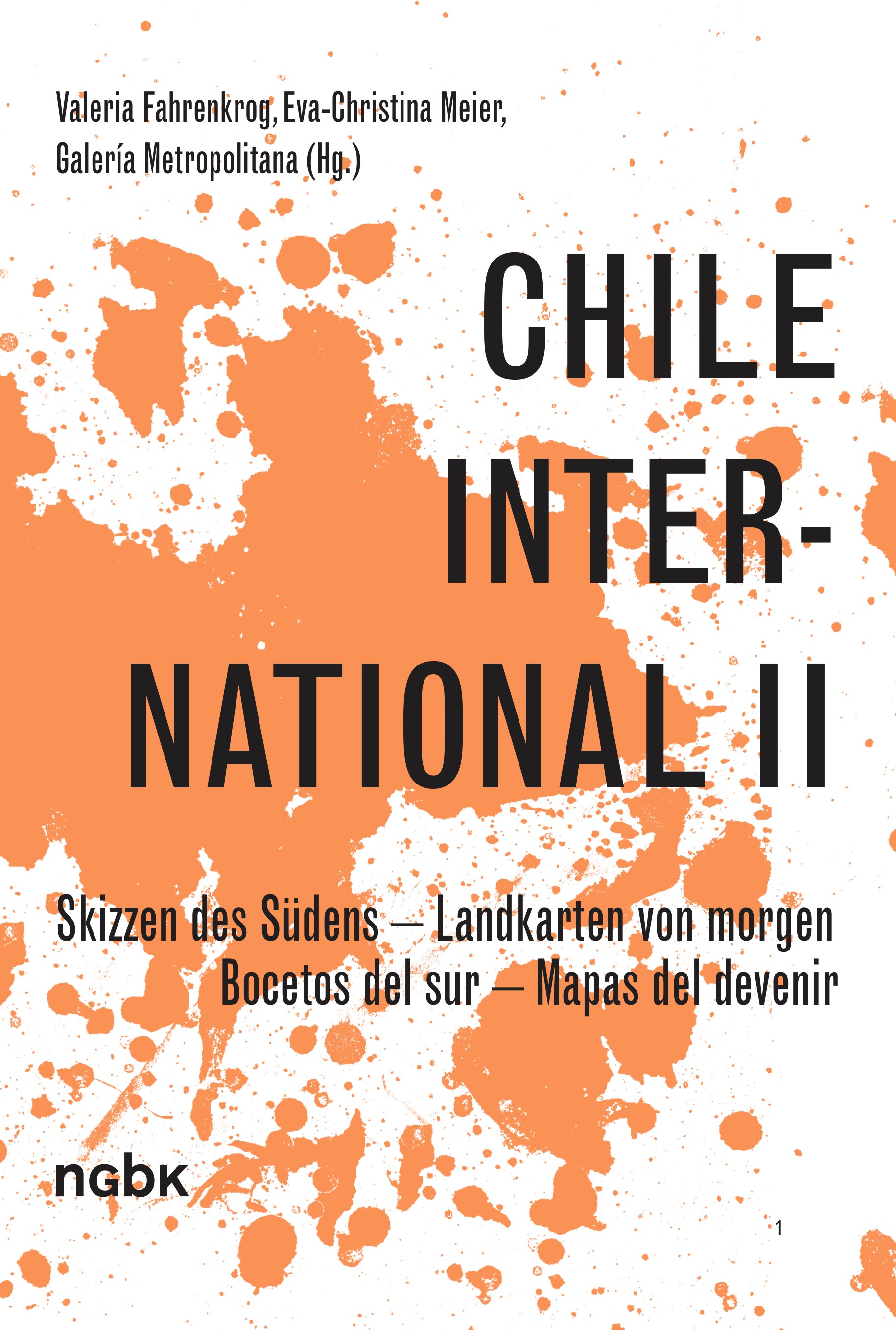
DESILHA 3
2021. Book organized by Michelle Sommer and Lívia Flores with the participation of Aline Besouro, André Leal, Barbara Marcel, Andreas Doepke and Tom Nóbrega, Cecilia Cavalieri, Denilson Baniwa, Diambe da Silva, Flora Dias, Ismar Tirelli Neto, Juliana Fausto, Luiza Baldan, Mabe Bethônico, Mayra Martins Redin, Micaela Cyrino, Raquel Versieux and Sandra Benites
2021. Book organized by Michelle Sommer and Lívia Flores with the participation of Aline Besouro, André Leal, Barbara Marcel, Andreas Doepke and Tom Nóbrega, Cecilia Cavalieri, Denilson Baniwa, Diambe da Silva, Flora Dias, Ismar Tirelli Neto, Juliana Fausto, Luiza Baldan, Mabe Bethônico, Mayra Martins Redin, Micaela Cyrino, Raquel Versieux and Sandra Benites
Rocks are inert elements produced deep in the earth's crust, a product of the deep time of geology. When they emerge, they are transformed by human action and converted into the materials that are the basis of our society. How can we access the stories that are deposited in the mineral layers on which we walk every day? How can we tell the stories inscribed in the stones, in certain places, in the paths we trace? These are some of the themes and questions that guided the presentations by Mabe Bethônico, Claudia M. Plens, Flora Dias, Barbara Marcel and Tom Nóbrega at the 3rd Seminar on art and city research_DESILHA 2021: MINERAL LANDSCAPES, revising and displacing these mineral landscapes in different ways, making visible the subterranean layers that compose the present. Now, the essay “canário azul: 5 fragmentos” (blue canary: 5 fragments), by Barbara Marcel, Andreas Doepke and Tom Nóbrega is part of the publication resulting from the seminar.
Link to the book.


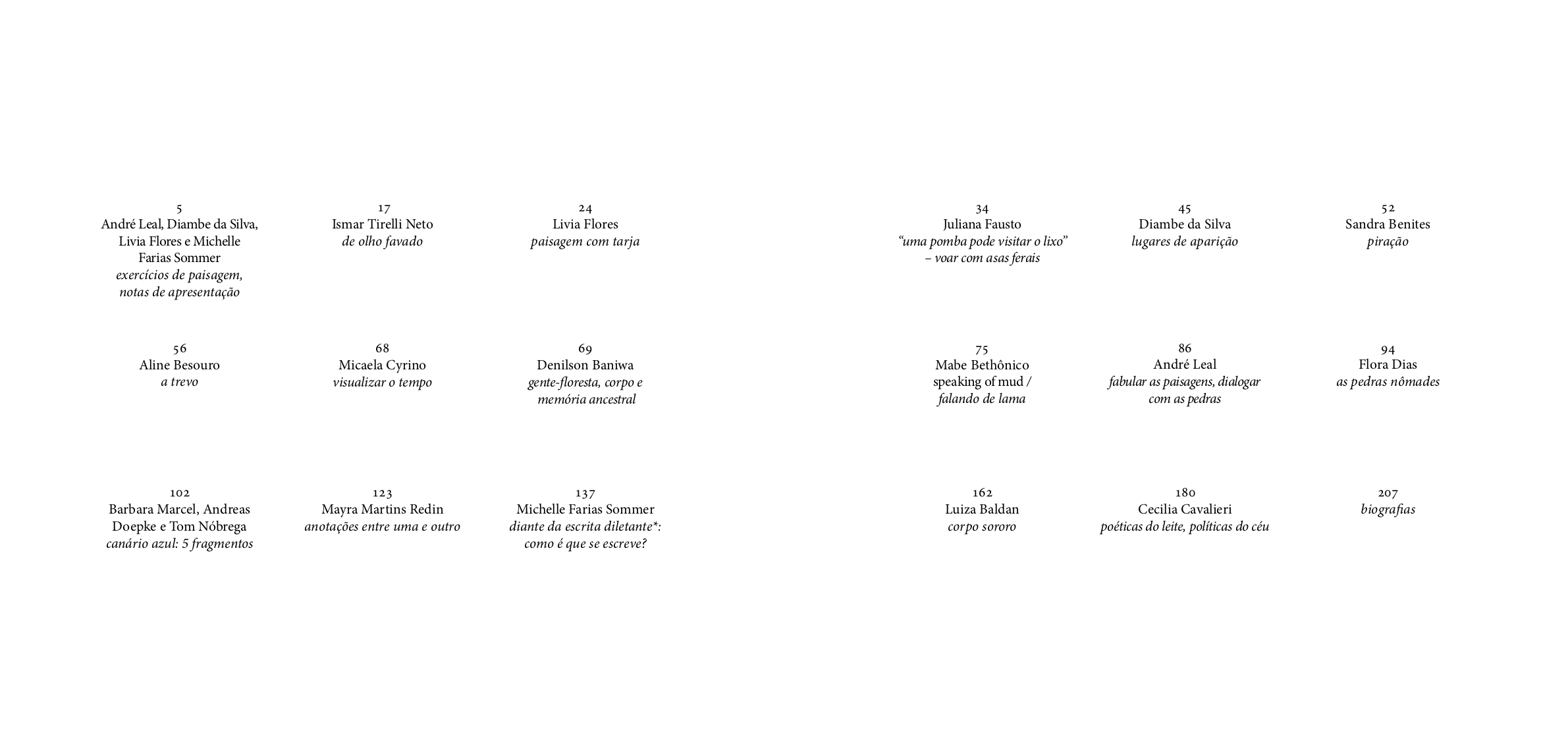
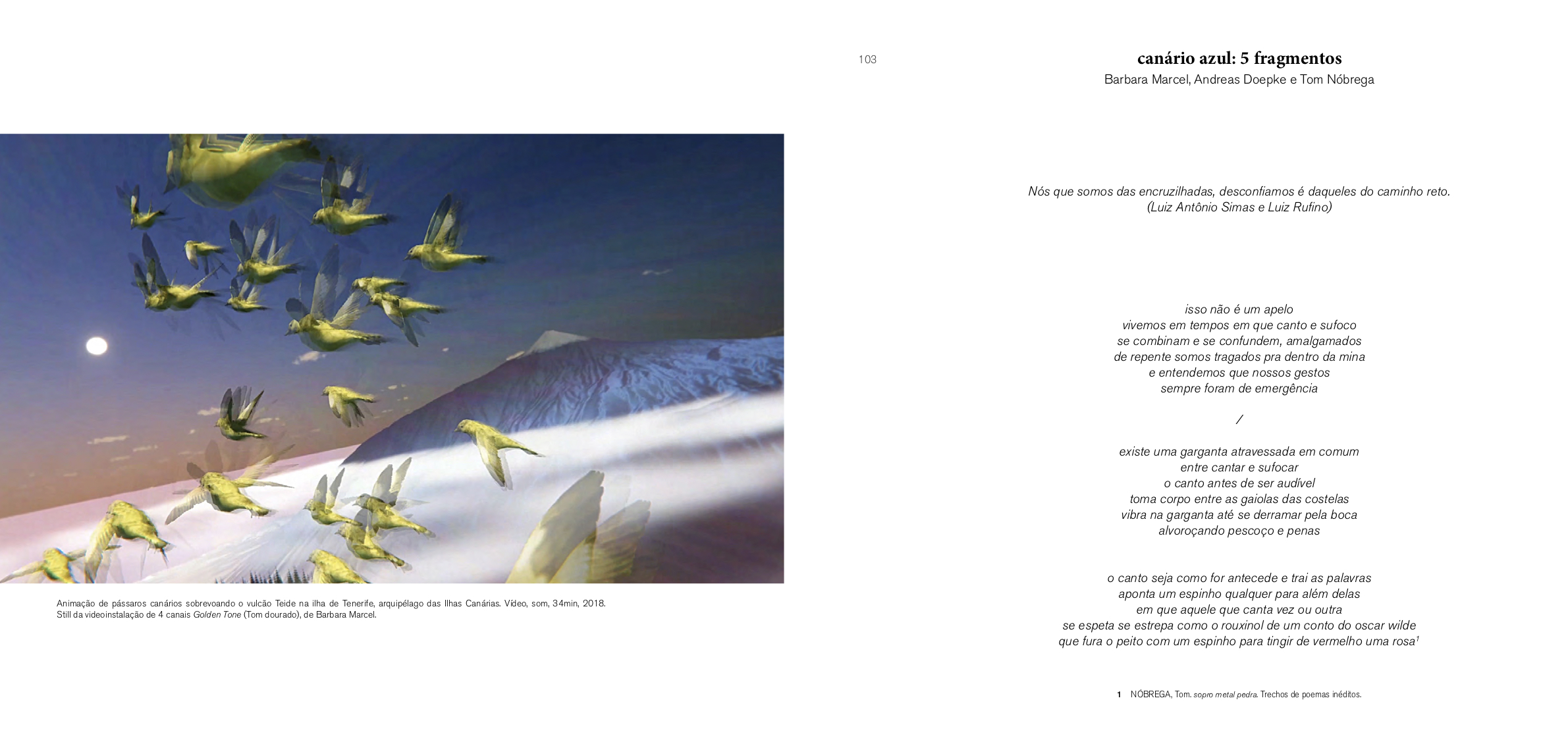

BLUE CANARY
2021, Berlin / Clausthal-Zellerfeld, Harz. Original essayistic text written in collaboration with the geographer Andreas Döpke, published in the book THESE BIRDS OF TEMPTATION, as part of the series intercalations 6, co-published by K. Verlag and the Haus der Kulturen der Welt, Berlin.
2021, Berlin / Clausthal-Zellerfeld, Harz. Original essayistic text written in collaboration with the geographer Andreas Döpke, published in the book THESE BIRDS OF TEMPTATION, as part of the series intercalations 6, co-published by K. Verlag and the Haus der Kulturen der Welt, Berlin.
The project GOLDEN TONE comes from a research on the historical, cultural landscape of the western Harz Mountain region of Germany, where many of the mining technologies of mineral soil extraction were first developed and then exported to the whole world. The essay reflects on the intersections of past, present and future of this anthropogenic landscape, through the particular history of breeding, training and trading of Canary birds in the region.
"...a queer refrain, populated with both acoustical lines of flight and the sorrows of captivity, wherein the reader-as-exhibition-viewer learns that the minor science of ornithology is as preoccupied with the flirtations and allopreening of avifauna as it is with their taxonomical domination."
THESE BIRDS OF TEMPTATION. With contributions by Ari Bayuaji, Bik Van der Pol, David Bonter, Bertolt Brecht, Lêna Bùi, Mark Dion, Andreas Döpke & Barbara Marcel, Anne Geene & Arjan de Nooy, Sophia Gräfe, Mary Ellen Hannibal, Lisa Hirmer, Nina Katchadourian, Anna-Katharina Laboissiere, Anaïs Nin, Megan Shaw Prelinger, Bruno Schulz, Anna-Sophie Springer, Frank Steinheimer, Anna Tsing, Etienne Turpin, and others.
Click here for more info on the book THESE BIRDS OF TEMPTATION
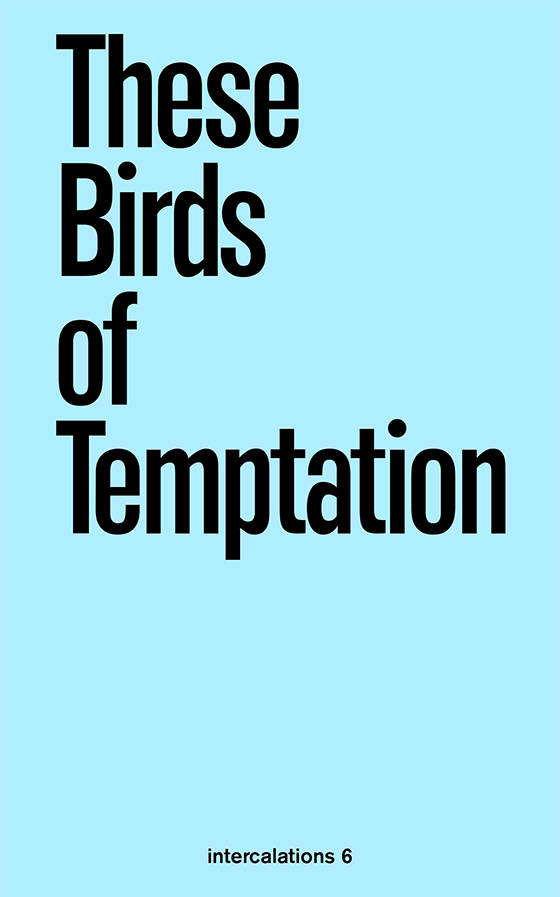

Click here for more information on the project GOLDEN TONE.
The video installation has recently been part of the exhibition Birds & Buoys at Bärenzwinger Berlin, between April and June 2021.
Click here for more information on the exhibition BIRDS & BUOYS.
THE ENDOTIC READER N.1
2019, Reader with contributions by participants hosted at TIER - The Institute for Endotic Research. Contributors: Linda Zhang, Nelly Y. Pinkrah, Vanessa Gravenor, Bonaventure Soh Bejeng Ndikung, Repec Segroeg, Lorenzo Sandoval, Barbara Marcel, Biko Mandela Gray, John Holten, Louis Henderson, Pia Chakraverti-Wuerthwein, Benjamin Busch, Ayami Awazuhara.
2019, Reader with contributions by participants hosted at TIER - The Institute for Endotic Research. Contributors: Linda Zhang, Nelly Y. Pinkrah, Vanessa Gravenor, Bonaventure Soh Bejeng Ndikung, Repec Segroeg, Lorenzo Sandoval, Barbara Marcel, Biko Mandela Gray, John Holten, Louis Henderson, Pia Chakraverti-Wuerthwein, Benjamin Busch, Ayami Awazuhara.
The endotic is a subtle but powerful tool to generate a situated practice of an institution. It is subtle because it looks to the imperceptible of the everyday life, to the visible but hidden details of the space and gestures of bodies around us. It rescues the astonishment from the forgotten obvious, trapped by its naturalization. It is a powerful tool because it leads us to read and listen to our surroundings, always looking from unexplored stances. From this immanent display, the very local traces a priceless threshold from which to approach the complex global. In its well-known methodology, Oulipo—the group to which Georges Perec belonged—was a great pioneer of crossing knowledge fields in order to practice a critical fascination. They developed a system in which constraints were an efficient driving force, merging mathematics, literature and artistic positions. These constraints can be translated from writing to cultural practice to think about spatial design, funding or ways of cooperation, looking for more sustainable practices.
To celebrate TIER’s first year at Donaustrasse 84 in Berlin-Neukölln, we published the first reader on the topic of the endotic, The Endotic Reader N.1. It brings together contributions by some of the participants we hosted over the year, as well as people we look forward to inviting to the space. The contributions explore some of the paths that the Perecquian word offers, as a way of approaching the territory of complexity that we live in and through. The topics explored in the reader range from a meditation on the practice of dis-othering to a reflection on trauma and on to thoughts on the future of reading.
This celebratory reader, available digitally as well as in the physical form of a limited, handmade print edition, is one of the first results of TIER’s collaboration with ON/OFF, whose Risograph machine, part of the Guerrilla Printing Press, we are hosting at the space.
Click here to read more on Barbara Marcel's contribuition: SEVEN CROSSROADS: A Berlin walkshop ramble
—> Download The Endotic Reader N.1


